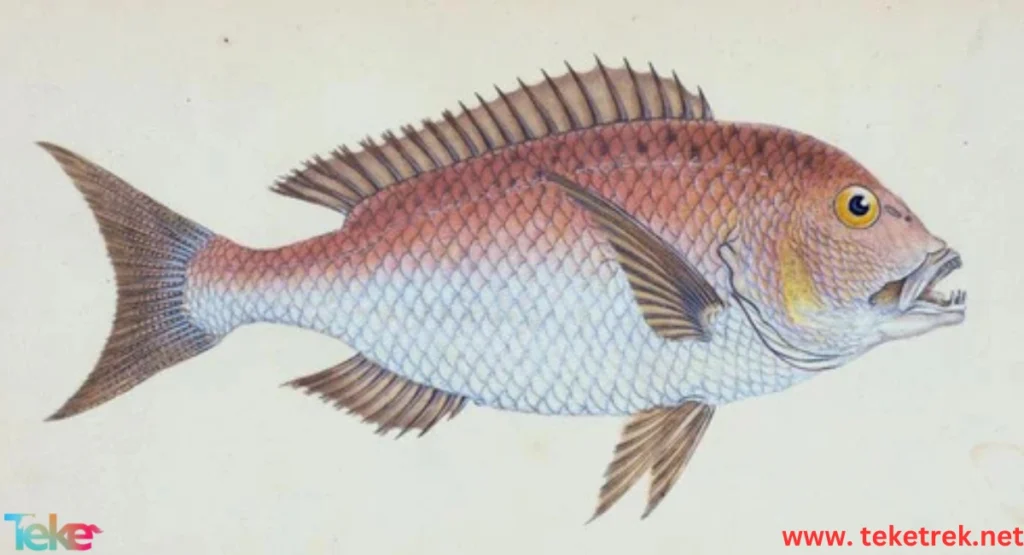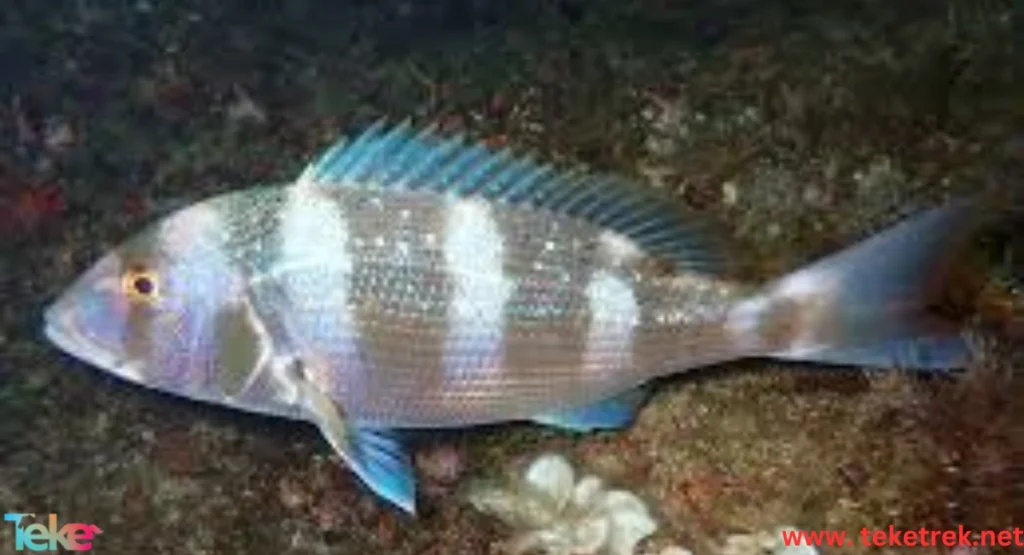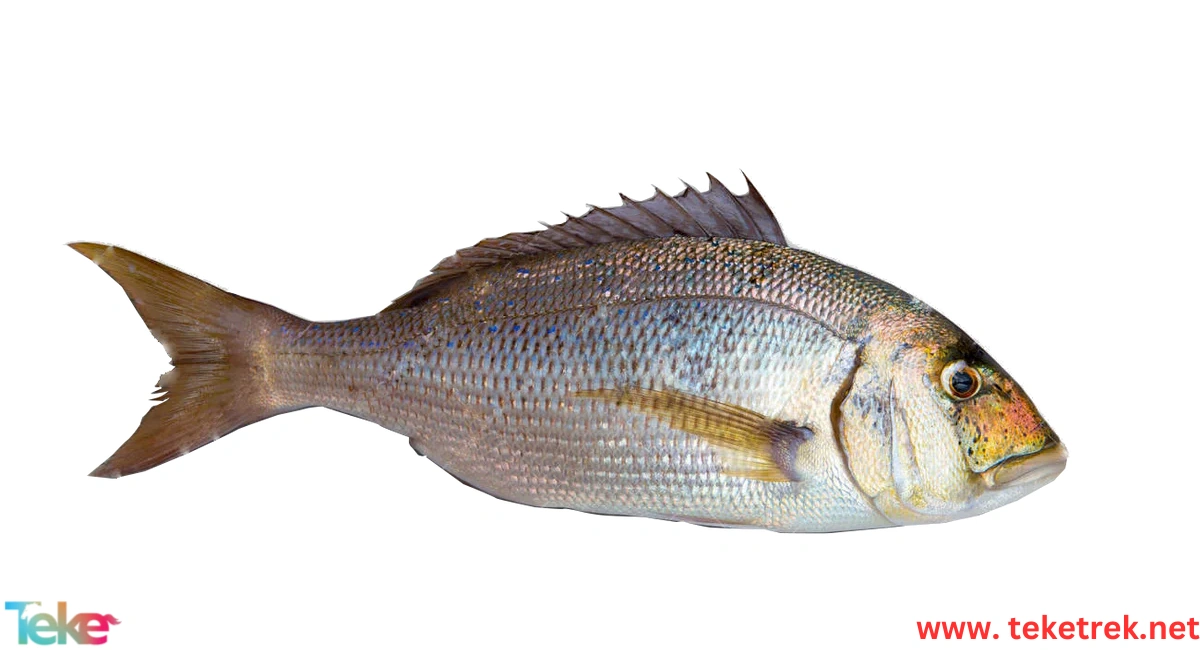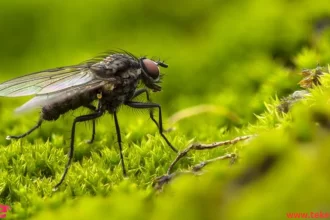The gilt-head bream (known as “denis” in Arabic) is one of the most popular fish in Mediterranean cuisine, combining delicious flavor with numerous health benefits. As the consumption of fish increases as a healthy alternative to other animal proteins, a key question arises: what is the difference between wild and farmed gilt-head bream? And does its source affect its taste, nutritional value, or even its environmental impact?
In this article from teketrek, we will dive into the world of gilt-head bream, exploring the fundamental differences between the two types, and examining their various roles in cooking, culture, and economy, while also clarifying and correcting some common misconceptions with scientific insights.
Wild vs. Farmed Gilt-Head Bream: Which Should You Choose?
Wild bream is caught in open waters, while farmed bream is raised in controlled aquaculture environments by specialized professionals. The differences between the two are significant and include:
- Flavor and Texture: Wild bream tends to have a firmer texture and a richer marine flavor due to its natural diet and active movement. In contrast, farmed bream is fattier and has softer flesh, resulting from a concentrated diet and limited movement. Thus, wild bream is often considered tastier and of higher quality.
- Price: Wild bream is more expensive due to the difficulty of catching it and its limited availability. It’s typically harvested from open waters. On the other hand, farmed bream is more common and less costly because it’s bred in enclosed tanks and is widely available.
- Sustainability: Sustainability depends on the fishing or farming practices. Some farms adhere to strict environmental standards, whereas overfishing can threaten marine life balance.

Famous Global Recipes Using Gilt-Head Bream
Gilt-head bream is versatile and can be prepared in a variety of delicious ways around the world, contributing to its widespread popularity:
- Italian Cuisine: Baked whole with olive oil, garlic, lemon, and fresh herbs.
- Greek Style: Grilled over charcoal after being stuffed with Mediterranean herbs, and served with potato slices and olive oil.
- French Method: Cooked en papillote (in parchment paper) with seasonal vegetables and white wine.
- Middle Eastern Cuisine: Fried or grilled, typically served with rice and spicy sauces.
How to Identify Fresh Gilt-Head Bream: A Smart Buyer’s Guide
Distinguishing between fresh and not-so-fresh fish is crucial. Key indicators of freshness include:
- Smell: Should have a clean, marine scent, not a strong or unpleasant odor.
- Eyes: Should be clear and shiny, not cloudy.
- Skin and Gills: Shiny, taut skin and bright red gills.
- Texture: When pressed, the flesh should bounce back quickly — a sign of freshness.
Gilt-Head Bream and Sustainability: Responsible Fishing or Environmental Threat?
Gilt-head bream is among the most consumed fish in the Mediterranean, putting increasing pressure on wild populations. Unregulated and excessive fishing could deplete marine resources, posing a real environmental threat to biodiversity and marine balance.
Aquaculture has emerged as a promising alternative to relieve pressure on wild stocks, but it’s not without its issues. Irresponsible practices can lead to water pollution and the spread of diseases. Therefore, sustainable gilt-head bream consumption requires a careful balance between environmental protection and food demand. This includes selective fishing tools, respecting reproductive periods, and traceability of the fish’s source. Certifications and sustainable farming practices also empower consumers to make responsible choices.
Hence, gilt-head bream can either represent a model of responsible fishing or a threat to the environment — depending on how marine resources and farming practices are managed.
Cultural Symbolism of Gilt-Head Bream in Mediterranean Cuisine
Gilt-head bream has long been associated with feasts and celebrations in Mediterranean cultures, and features prominently in various countries:
- In Italy: Served as a main dish during Christmas celebrations.
- In Greece: Symbolizes prosperity and the sea; often featured at family gatherings.
- In Turkey: Considered a premium fish, served with delicious appetizers in “meze” meals.
Does the Diet of Gilt-Head Bream Affect Its Taste and Quality?
Yes, the diet of gilt-head bream significantly impacts its taste, flesh texture, and nutritional quality.
- Wild bream feeds naturally on mollusks, crustaceans, and small fish, resulting in a rich marine flavor and firm meat.
- Farmed bream is usually fed industrial feed made from a mix of grains, fishmeal, and vegetable or marine oils, which may affect flavor and quality.
If the feed is of high quality and rich in omega-3 and proteins, the flavor and nutritional value can be close to that of wild bream. However, poor or unbalanced feed can result in fattier, less flavorful fish. Other factors such as tank density and water quality affect the stress levels of the fish, which in turn influences the tenderness and quality of the meat.
Therefore, gilt-head bream’s feeding system is a decisive factor in determining its value as a premium food source. It is always recommended to buy from trusted sources that follow high-standard and sustainable farming practices.
Gilt-Head Bream and Chronic Disease Prevention
Gilt-head bream is a rich source of protein, omega-3 fatty acids, vitamin D, and minerals like selenium. These nutrients play an important role in preventing chronic diseases by:
- Boosting the immune system.
- Reducing inflammation.
- Supporting heart health.
- Preventing type 2 diabetes.
- Enhancing bone and brain health.
Economic Value of Gilt-Head Bream in the Global Fish Market
Gilt-head bream is a cornerstone of the fishing economy in the Mediterranean region. Key highlights include:
- Countries like Greece, Turkey, and Italy lead in farmed bream production.
- Demand is high in Europe and the Gulf region due to its health benefits.
- It is a profitable export product, especially when certified by sustainable aquaculture organizations.
Gilt-Head Bream for Children: Why It’s an Ideal Meal for Growth
Thanks to its content of essential fatty acids and easily digestible proteins, gilt-head bream is a great choice for children, offering several benefits:
- Enhances cognitive and mental development.
- Aids in muscle and bone building.
- Has a mild and appealing taste, especially when grilled or served as fillets.

Common Myths About Gilt-Head Bream… Scientifically Debunked
- Myth: Farmed bream is useless.
Truth: If raised in healthy conditions, farmed bream offers similar nutritional benefits as wild bream. - Myth: Bream is not suitable for grilling.
Truth: Bream is excellent for grilling due to its firm flesh and balanced flavor. - Myth: It always causes allergies.
Truth: Gilt-head bream is low in histamine compared to other fish, making allergic reactions relatively uncommon.
Conclusion:
In the end, gilt-head bream is far more than just a tasty dish — it’s a multifaceted resource with nutritional, economic, and cultural significance. Whether you prefer the intense flavor of wild bream or the accessible price and availability of farmed bream, the best choice combines taste, quality, and sustainability.
And remember: every time you choose your seafood, you’re directly influencing the ecological and economic systems that millions of people depend on around the world.





